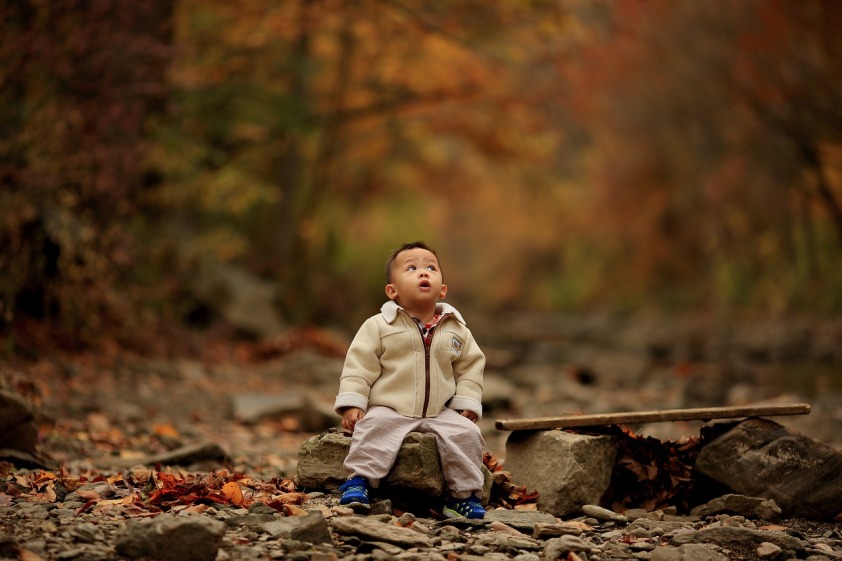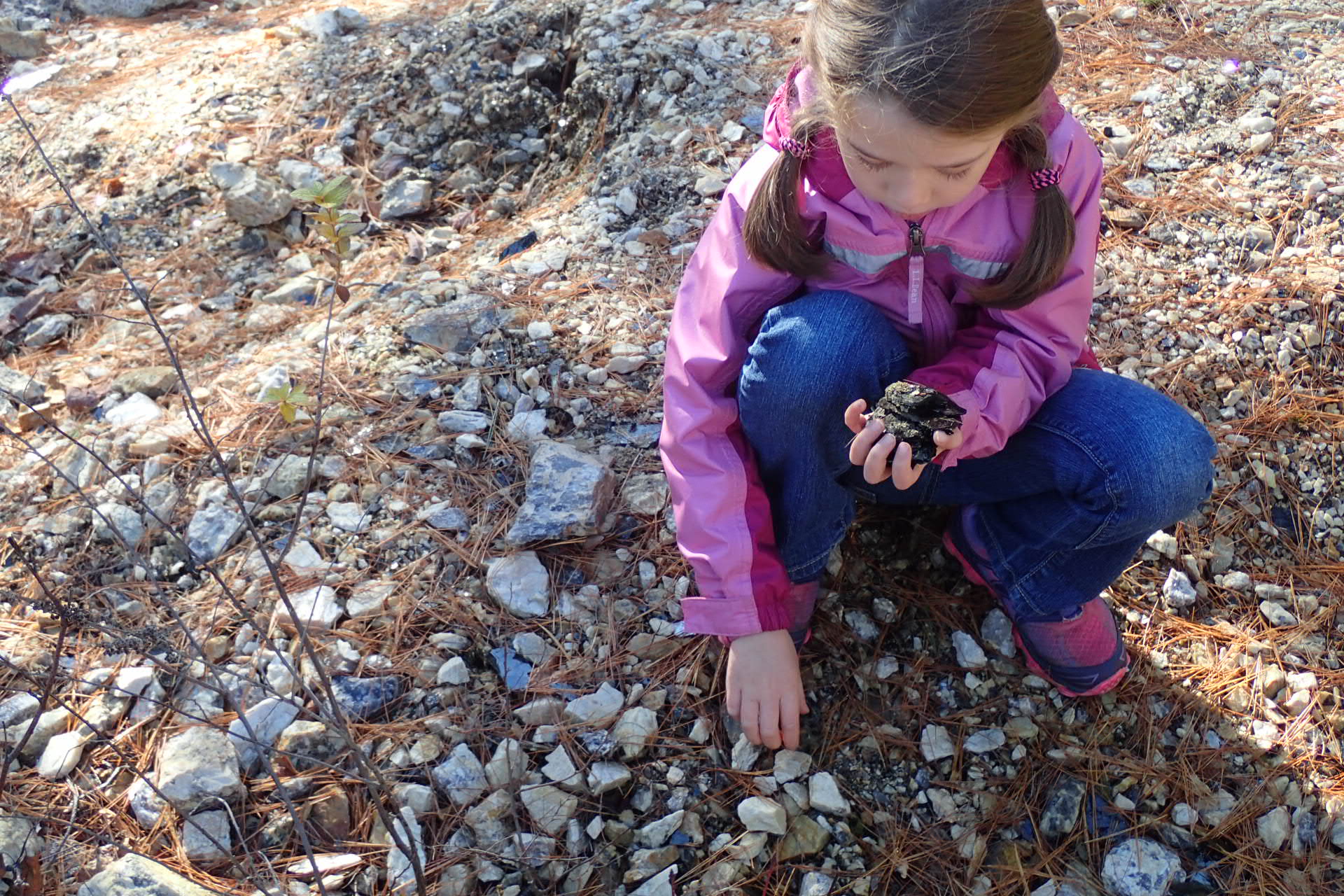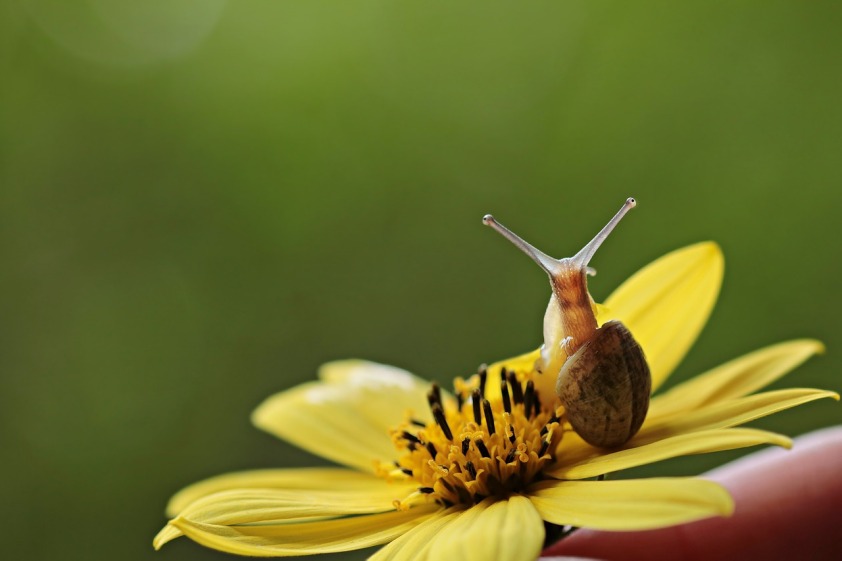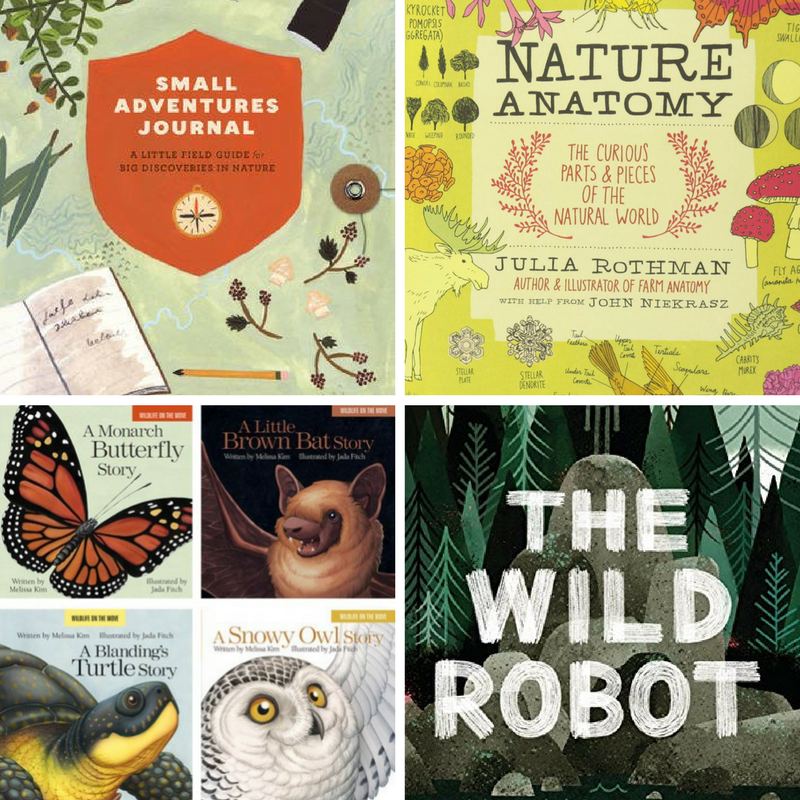Hello, there! Happy New Year to you.
I am so excited to share that I am starting a new year of Noticing Nature!
What is Noticing Nature? It began as a private group on Facebook in January of 2017 just days after the idea of sharing weekly, open-ended prompts to encourage people to get outside and connect with nature came to me. I had no idea how it would be received but over 300 people from around the globe joined. I was so surprised at the response! It developed into a wonderful group and the interpretations that came from all over the world were a joy to see week after week. Since that first year, I have tried a couple different iterations of offering weekly prompts (some more specific) and monthly themes, but by far the preferred offering has been the weekly, open-ended word. That’s what you’ll find in Noticing Nature 2021 – a year’s worth of weekly inspiration for getting outside and making noticing nature a habit.
Every Monday I will post a thoughtfully selected, open-ended provocation for you to carry with you throughout your week. With some mindfulness and openness, the connections will present themselves to you.
If you are seeking ways to incorporate more nature in your life and to find a greater appreciation of the natural world and your place in it, you are in the right place. Each of us will find our own unique relationship with nature and that’s what this journey is all about.

Reviews
Here’s what participants are saying about their experience:
“The simplicity of the prompts – how they could be interpreted in a myriad of ways.”
“The challenge to actually notice nature according to the weekly prompt. It was a great distraction from all things political, stressful, social media.”
“This has been and still is a wonderfully restorative and energizing experience. THANK YOU for all you’ve done to bring us together!”
“…the kids exclaimed with delight, “Wait! What’s our Noticing Nature Word this week?!” And off they went, outside… with nature notebooks in hand, pep in their step, and gleam in their eye! Imagination ignited.”
Ways to Participate
The Noticing Nature groups are family-friendly spaces, meant for adults and children alike, for sharing interpretations of the weekly prompts. This year I am offering Noticing Nature on three different platforms: Facebook, Instagram, and email.
The FB group has developed into a wonderful, supportive community and is a great forum if you’d like an easy way to interact with other participants.
If Instagram is your preference, all you need to do is make sure you’re following me there and have notifications turned on. If you’d like to connect with other IG participants and see what they are sharing, make sure you follow the hashtag #noticingnature2021.
If you don’t use Facebook or Instagram, this option is for you. You may also prefer emails if sharing with others and participating in a group is not a priority for you right now. Sometimes we want to do something just for ourselves, privately, right? I completely get it.
I do hope to see you in one of the groups. I know I would sure benefit from getting outside more and rekindling my connection to nature. And it’s so much more fun when shared with friends!
Fondly,
Monique





































